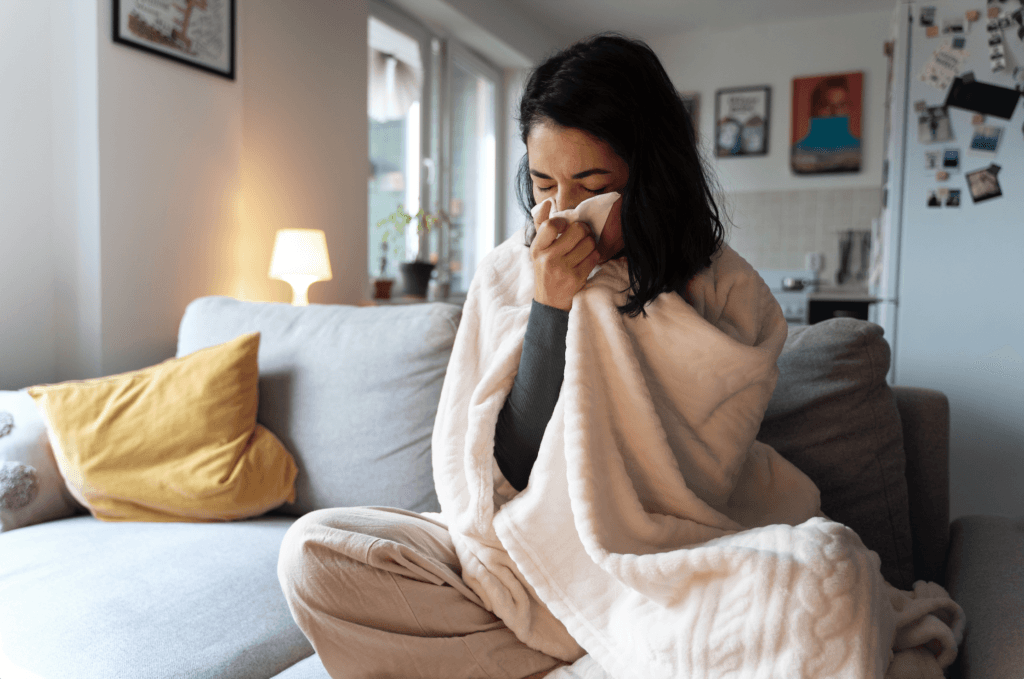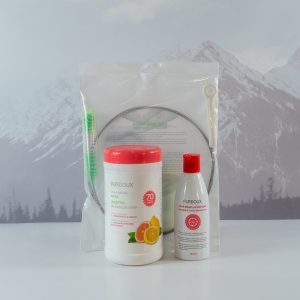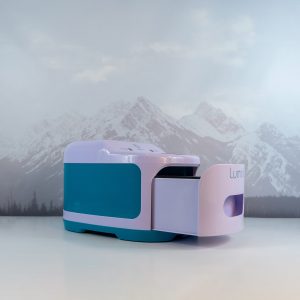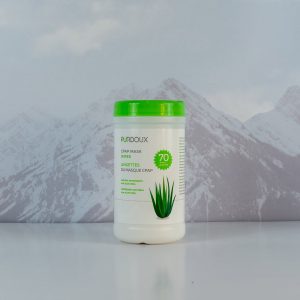Winter brings colds, nasal congestion, and dry heated air, which can all make life harder for people with sleep apnea. Symptoms often feel worse during the cold season, but why does this happen, and what can be done to manage it?
Winter and Sleep Apnea:
A Tough Combination
Cold Air and Irritation
Cold, dry air irritates the nasal passages, causing congestion and making breathing more difficult.
Frequent Colds
Spending more time indoors increases the spread of respiratory viruses. Even a mild cold can worsen obstructive sleep apnea (OSA) by triggering more breathing interruptions at night.
Cold + Sleep Apnea: Double Trouble
- Mouth breathing → louder snoring and more apneas.
- Inflammation → narrower airways.
- Nighttime awakenings → severe daytime fatigue.
Dry Heated Air
Indoor heating lowers humidity, irritating the nose and throat. For CPAP users, poor humidifier settings can cause dryness, discomfort, and reduced treatment adherence.
Practical Tips
- Prevent colds: wash hands often, get flu/COVID vaccines, maintain healthy habits.
- Improve indoor air: use a humidifier (30–50 %), ventilate rooms daily, avoid smoke.
- Optimize CPAP therapy: adjust humidifier, clean mask/tubing regularly.
- Relieve congestion: saline rinses, elevated sleeping position, cautious use of decongestants (medical advice).
Winter amplifies sleep apnea symptoms due to colds, congestion, and dry air. With preventive measures, proper home environment, and optimized CPAP therapy, patients can improve sleep quality and reduce fatigue throughout the cold season.











